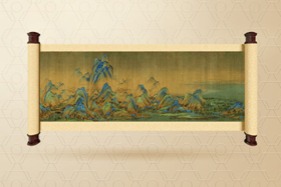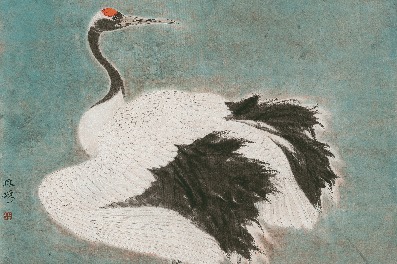China's media landscape shifts as domestic, original TV show formats become increasingly popular

Student must surpass master
As increased government financial support and heavy investment from the private sector have invigorated China's TV sector, creative collaboration with overseas productions offers valuable knowledge, experience and expertise for a more mature industry, some front-line practitioners have said.
Yao Xiaoying, a veteran Chinese TV producer and director, believed that adapting overseas formats into Chinese versions was more a matter of re-creation rather than merely copying. To make something phenomenal, learning-by-doing is not enough; one could say that the student has to surpass the master.
A few years ago, she and her team worked on adapting the British reality show The Cube into a Chinese version. From brainstorming to idea-pitching, from casting to shooting, all procedures were highly standardized, which streamlined the whole process, Yao recalled.
As a quick learner, Yao caught the essence and adapted it into a domestic version with a new feel.
Yao believed that while industrialization is the guarantee of quality, innovation provides a real competitive edge for success.
Still, she admitted that Chinese TV production lags behind its Western counterparts on the industrial level and has a long way to go.
Wang Xinyi, a director and producer with SMG Dragon TV based in Shanghai, holds a similar view.
During an exchange program organized by PACT, he visited a post-production company in London, where he could hardly find a piece of paper since everything was digitalized, he said.
"That's still hard to reach in China and indicated China still has a lot to learn from the West," he said.
Meanwhile, China has its own advantages. Wang said innovation and originality are not only about making something from scratch, but also about telling an old story with a new perspective, sometimes via a fixed camera.
His work, The Story in an Emergency Room" was inspired by a British reality medical show Jeremy Kyle's Emergency Room. Yet the Chinese version adopted a different narrative.
Using fixed cameras, the show demonstrated the sometimes tense relationship and trust crises between doctors and patients in China, the humanitarian spirit behind doctors' daily work, and the dignity, strength and resilience of life.
"That's the most touching point of this program, and what differs from the original show," Wang said.
Besides non-scripted reality shows, Wang has also created cultural shows, which are becoming more popular in China. He said the essence is combining taste, culture and visual art and making them appealing to young viewers.
It is not only about chanting ancient poems and presenting traditional operas, but also about refreshing the cultural memory and making tradition more fashionable, he said.





































